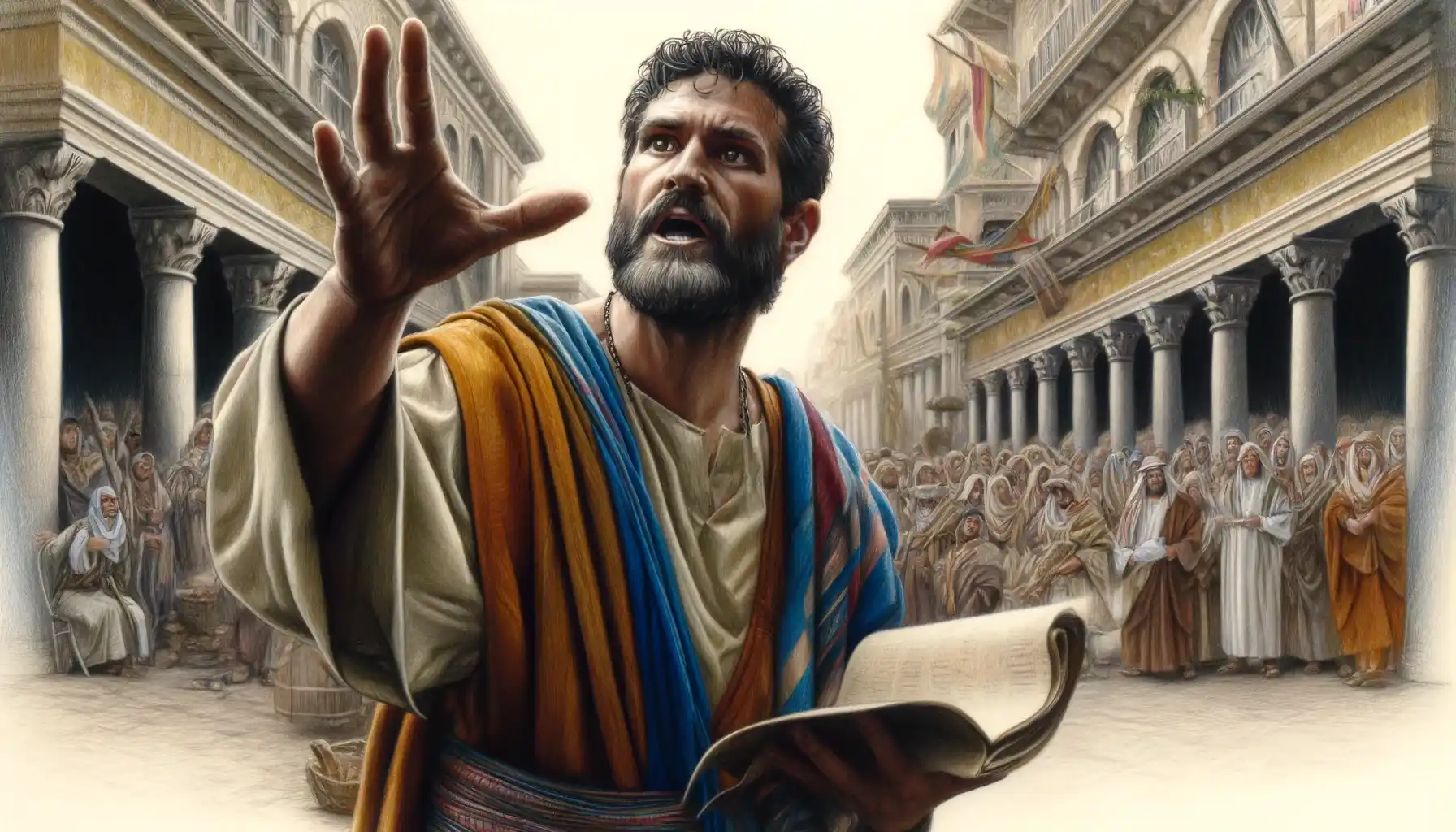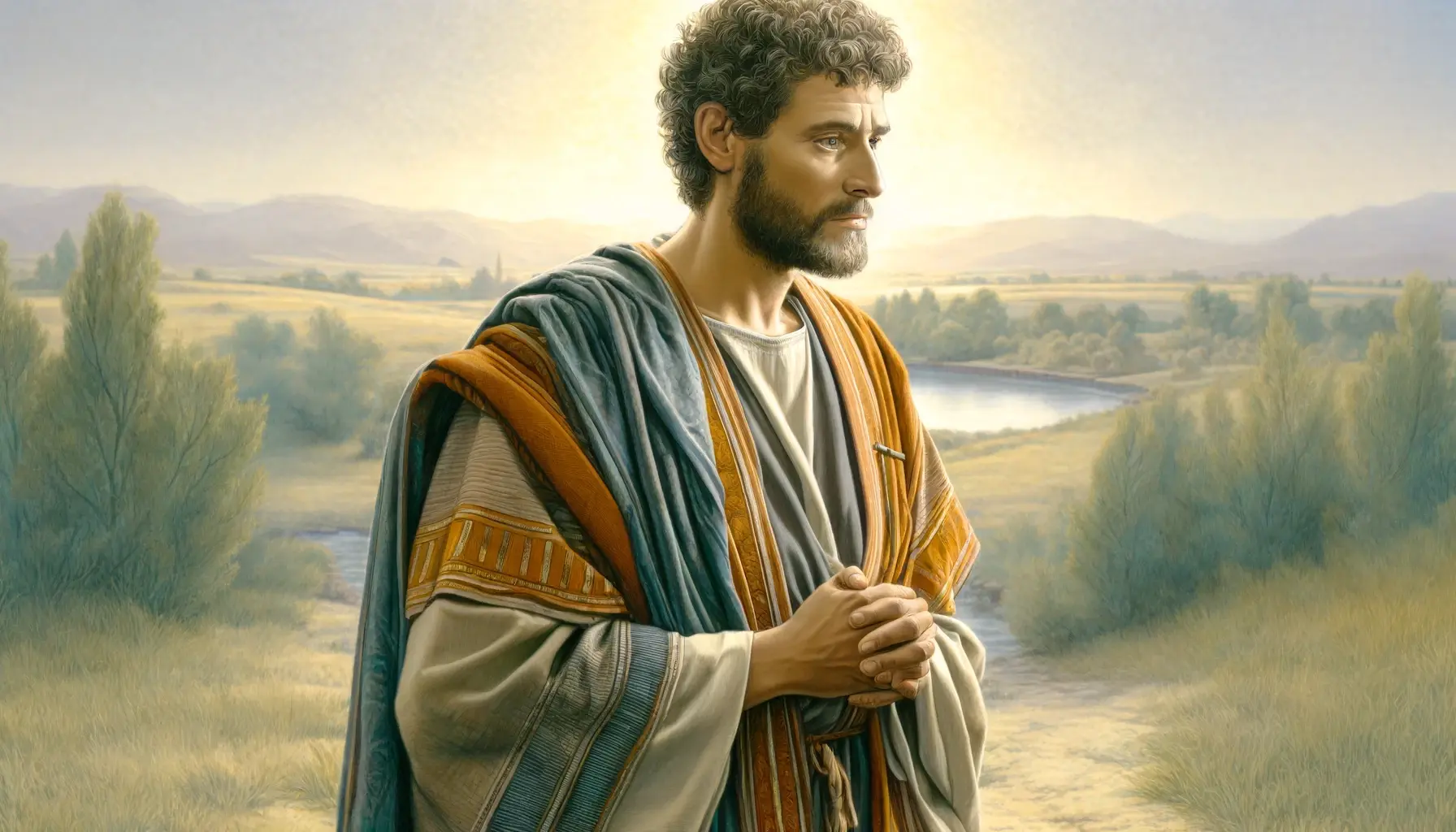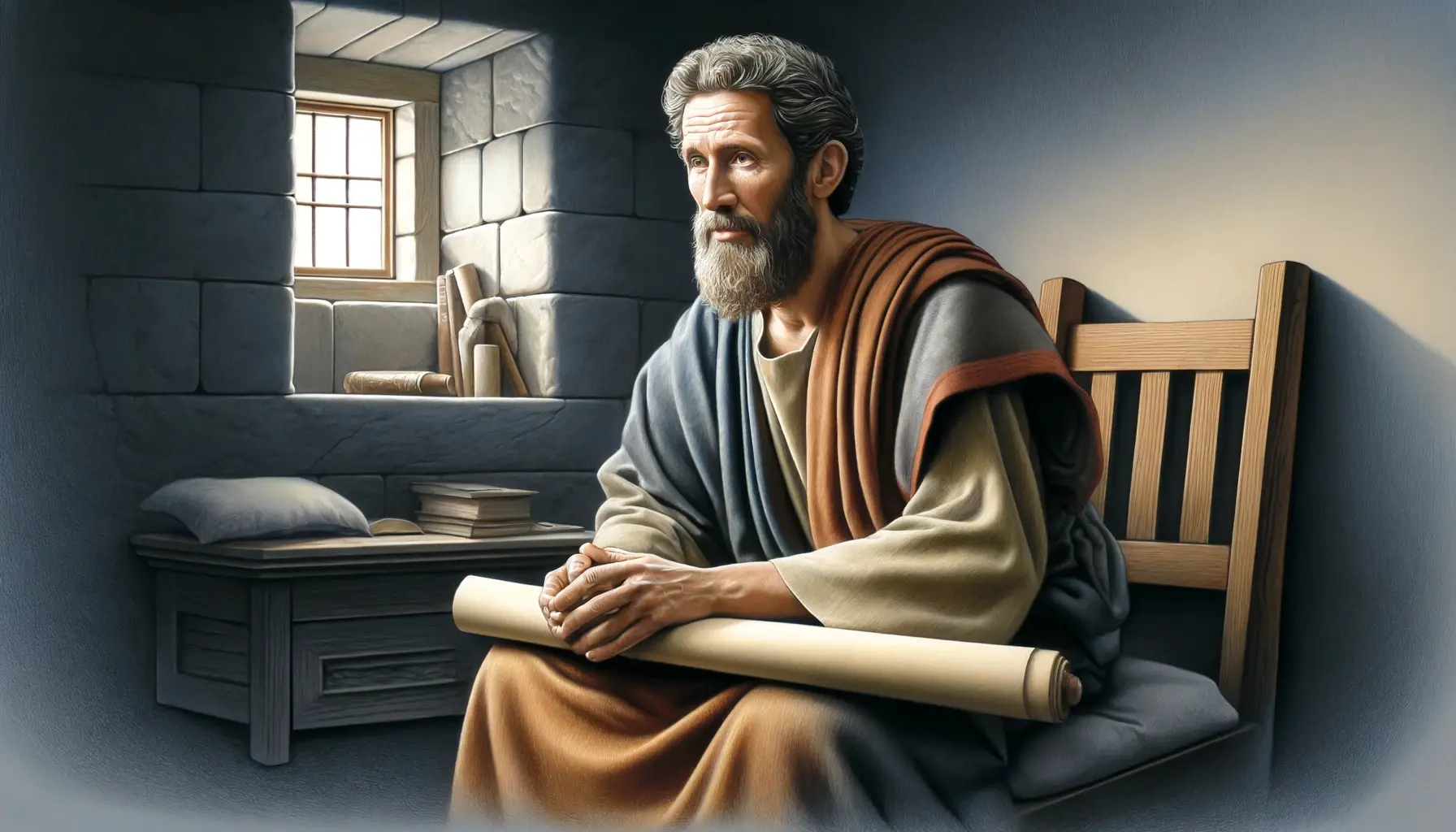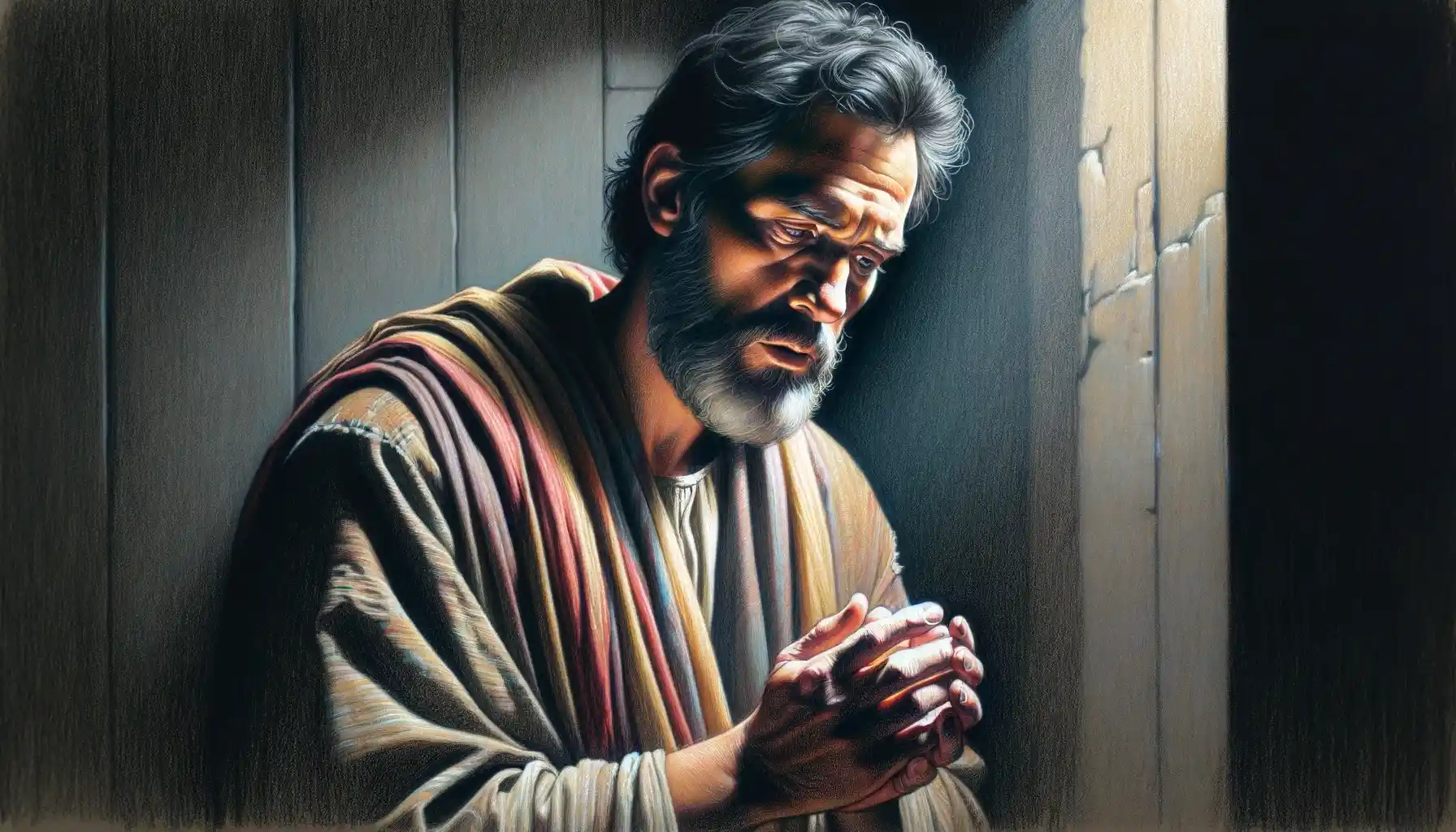Simon the Zealot, one of the Twelve Apostles, is noted for his background as a possible member of the Jewish political movement opposing Roman rule, indicating a fervent zeal that he redirected towards spreading Jesus’ teachings after the Resurrection, embarking on missionary journeys to Egypt and Persia and ultimately being martyred, a testament to his deep commitment to the Christian faith and his diverse background enriching the early Christian community.
Thaddaeus, also known as Judas son of James, is a less prominent but significant apostle in the New Testament, distinguished from Judas Iscariot and known for his questioning of Jesus about His revelations, extensive missionary journeys across regions including Judea, Samaria, and Syria.
James the Less, one of the Twelve Apostles of Jesus Christ and traditionally identified as the son of Alphaeus, is known for his humility and lesser prominence compared to James the Greater, likely referred to as “the Less” due to his younger age or smaller stature.
Thomas the Apostle, also known as Didymus, is renowned for his initial skepticism about Jesus’ resurrection, famously declaring he would not believe until he could see and touch Jesus’ wounds himself, a moment that epitomizes his rational character; this skepticism was transformed into profound faith when Jesus appeared and invited him to verify His wounds, leading Thomas to exclaim, “My Lord and my God!”—one of the clearest proclamations of Christ’s divinity in the New Testament. Post-resurrection, Thomas is believed to have traveled to India, where he established one of the oldest Christian communities and was eventually martyred, his legacy enduring as a symbol of faith that develops from personal encounter and sacrifice, commemorated as the patron saint of architects and the blind, with his feast days celebrated in both the Western and Eastern Churches.




